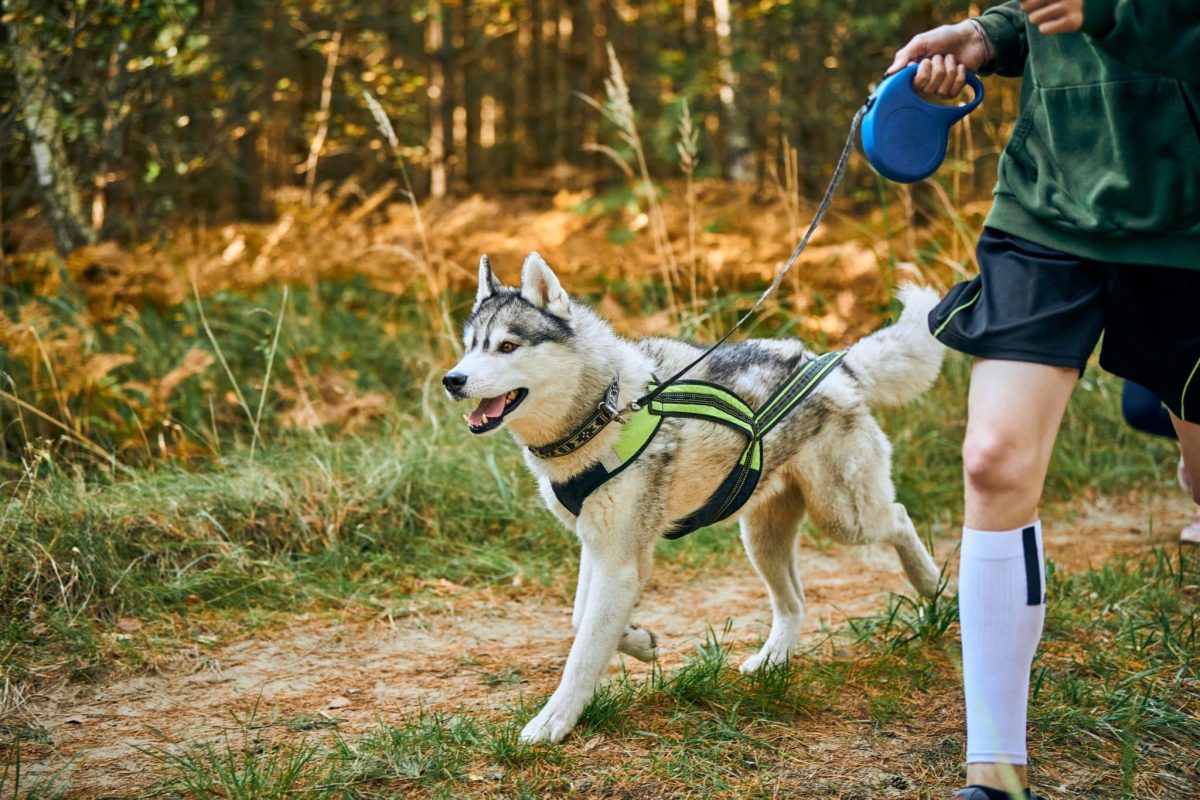 Shutterstock
Shutterstock
History remembers the explorers—the daring souls who charted unknown territories, sailed uncharted waters, crossed unforgiving landscapes, and fearlessly followed the map… even when it was upside down. If these legendary adventurers had a canine companion trotting beside them, they’d not only have survived better; they’d have had someone to share their rations, chase off boredom, and look devastatingly heroic in every painting. These dogs weren’t just built for cuddles—for survival, loyalty, and occasionally carrying small bags of snacks through the wilderness.
Labrador Retriever
 Shutterstock
Shutterstock
For explorers like Lewis and Clark, a Labrador Retriever would’ve been an invaluable asset—fetching gear, swimming across rivers, and charming every person they met. Labs are famously trainable, eager to please, and ready for any adventure involving mud, water, or snacks. They’d be the kind of explorer buddy who never complains, always volunteers, and probably still finds time to rescue the camp’s lunch from a bear. It’s not just loyalty—it’s Labrador-level loyalty.
Bernese Mountain Dog
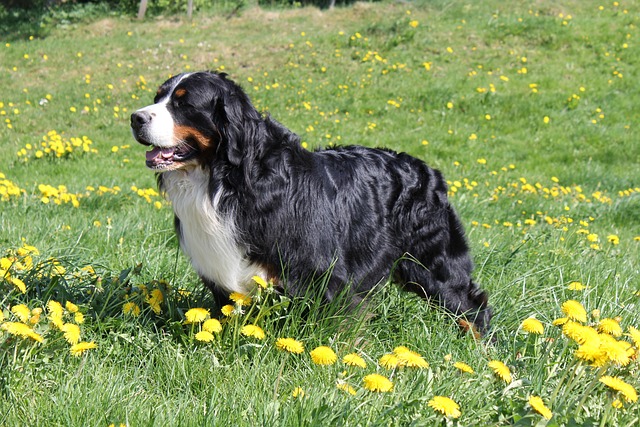 Shutterstock
Shutterstock
If you were climbing the Alps or traversing chilly mountain passes with Hannibal (yes, elephant Hannibal), the Bernese Mountain Dog would’ve been your gentle, furry tank. These dogs are built for hauling gear and emotional support in equal measure. Calm, strong, and surprisingly nimble on rough terrain, they’d carry supplies with dignity—and maybe pout a little if you forgot their treats. Their thick coats laugh in the face of snow, and their soulful eyes say, “I’ll climb that mountain, but only if we take a cuddle break halfway up.”
Border Collie
 Shutterstock
Shutterstock
For explorers with a long journey and limited brain cells (looking at you, Columbus), a Border Collie would’ve been the strategic genius of the team. These dogs are problem-solvers, task-focused, and can outsmart most humans before breakfast. With boundless energy and laser-like focus, they’d be herding livestock, organizing campsite supplies, and reminding you not to forget your compass. This would be it if you wanted a dog who could map the stars and help you tie your boots.
Portuguese Water Dog
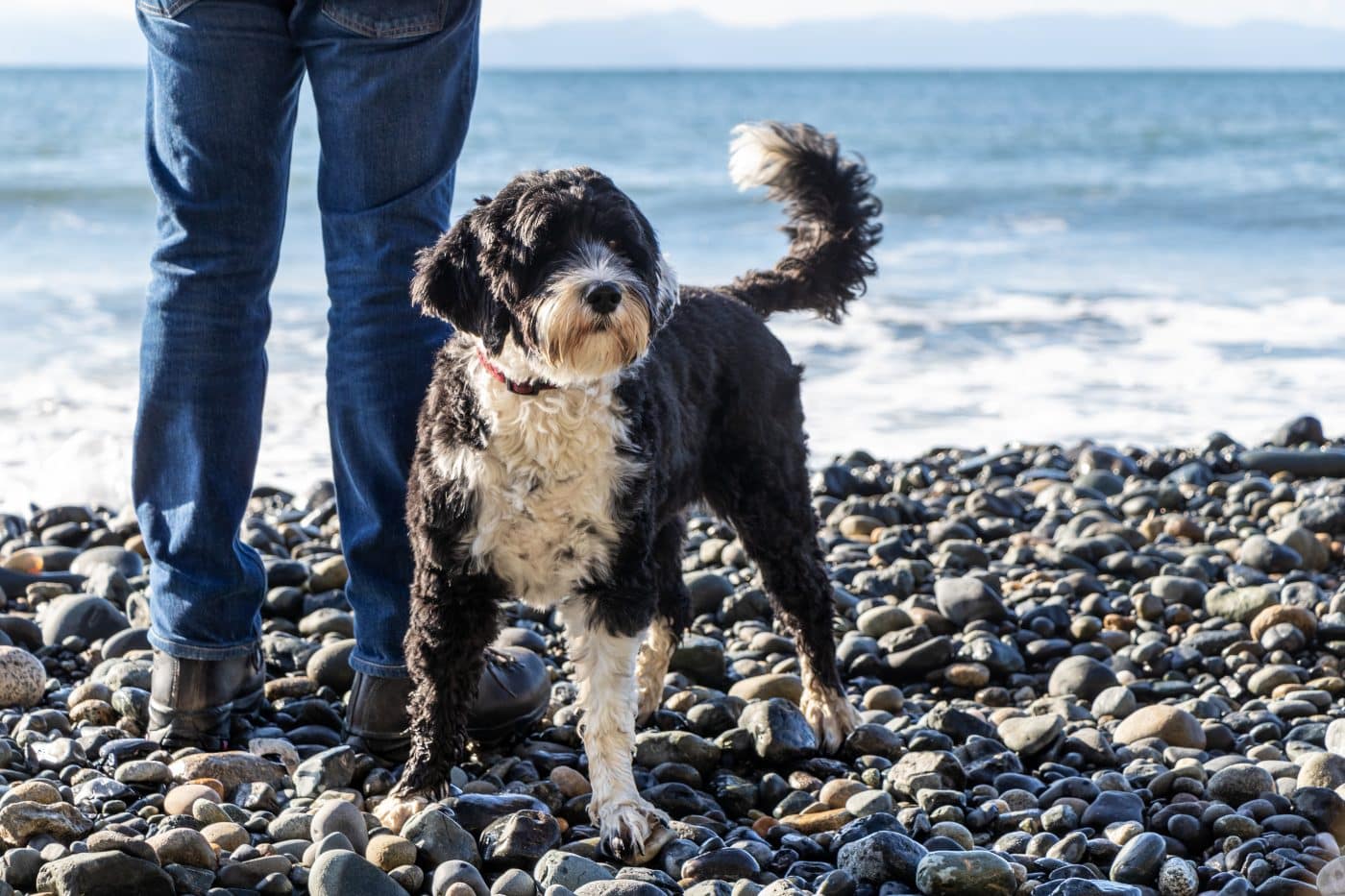 Shutterstock
Shutterstock
When navigating uncharted waters like Magellan or da Gama, a Portuguese Water Dog would’ve been the aquatic wingman of dreams. Originally bred to herd fish into nets and retrieve gear from boats, this breed is a true sailor at heart. Webbed feet, a waterproof coat, and an enthusiastic work ethic made them legends among Portuguese fishermen. On an explorer’s ship, they’d be the first to spot a storm, the first overboard (on purpose), and the last to leave a cuddle pile during rain delays.
Australian Cattle Dog
 Shutterstock
Shutterstock
If Captain Cook had an Australian Cattle Dog by his side, he might’ve gotten a little further before getting stabbed in Hawaii. These dogs are tough, clever, and practically indestructible. Originally bred to herd cattle across Australia’s rough terrain, they can handle harsh climates, long days, and a complete lack of luxuries. They’re loyal, suspicious of strangers (great for camp security), and not afraid to call you out with a judgmental side-eye. Basically, you are a grumpy but extremely competent best friend.
Newfoundland
 Shutterstock
Shutterstock
Every explorer needs a lifeguard, and Newfoundland fits the bill with all the grace of a canine bear. Famous for their water rescue skills, Newfoundlands have webbed feet, a thick coat, and a calm temperament. If you’re crossing icy rivers, navigating stormy seas, or just emotionally drowning in expedition stress, this dog will save your life—probably more than once. Lewis and Clark actually brought a Newfoundland named Seaman on their journey, and he earned legend status just for being a good boy. Giant paws, gentle heart, zero tolerance for drowning.
Basenji
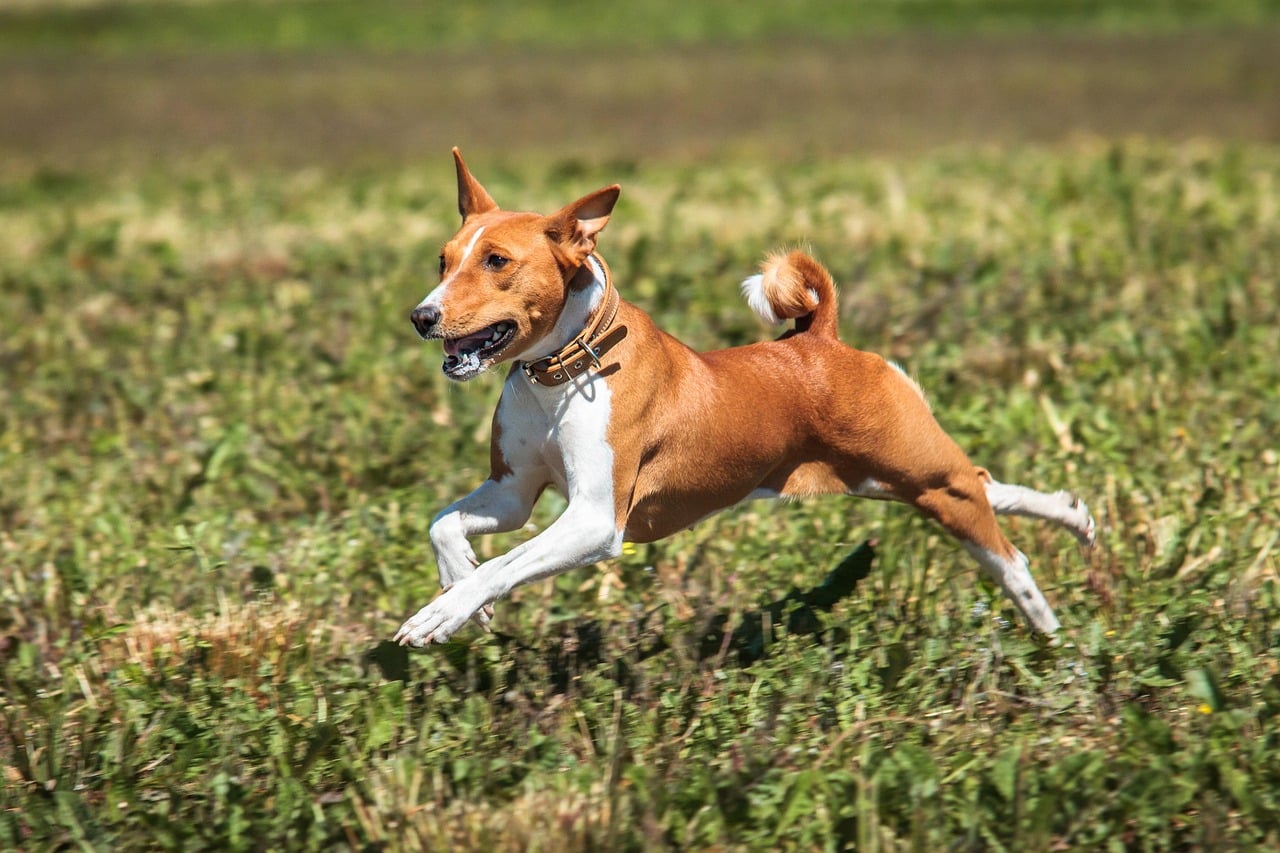 Shutterstock
Shutterstock
The Basenji is your go-to for desert-crossing, mystery-solving, or treasure-hunting explorers like Indiana Jones (yes, we’re counting him). Small, fast, intelligent, and independent, Basenjis are basically furry sphinxes with an attitude. They don’t bark—they yodel, which in ancient times might’ve been mistaken for divine prophecy. Known as the “barkless dog,” they would’ve slipped through temples, avoided traps, and probably solved hieroglyphics before the humans did. Bonus: they always look like they know something you don’t.
Alaskan Malamute
 Shutterstock
Shutterstock
Built for hauling loads across snowy expanses, the Alaskan Malamute would’ve been a power-packed companion for polar pioneers and Arctic adventurers. Bigger and bulkier than the Siberian Husky, Malamutes are about endurance, strength, and snuggling in snowbanks. If you needed a dog who could pull a sled through a blizzard and still have energy left for a snowball fight afterward, this is your beast. Malamutes are team players, but they also exude a quiet, majestic confidence that says, “I’m doing the hard work, but I better get the first pick of the jerky.”
Belgian Malinois
 Shutterstock
Shutterstock
If your journey involved danger, stealth, and the occasional need for a tactical takedown, the Belgian Malinois would’ve been the elite explorer’s top pick. Used today in military and police work, Malinois are incredibly intelligent, obedient, and focused. They’re the kind of dog who’d have built the shelter, caught the dinner, and written the travel log while you struggled with the tent poles. They’re basically a secret agent with paws for espionage missions or high-risk exploration.
Siberian Husky
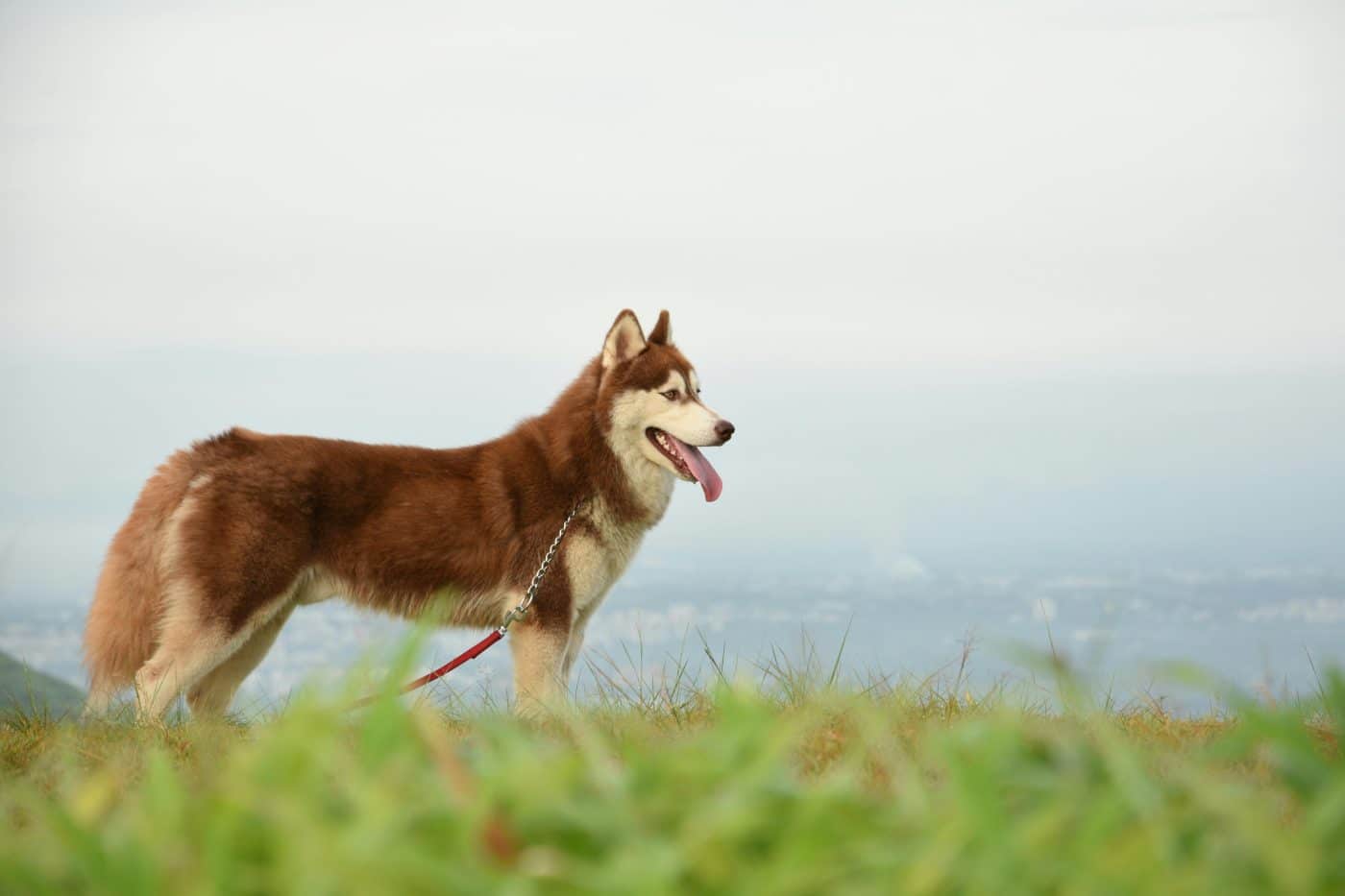 Shutterstock
Shutterstock
If Ernest Shackleton had a Siberian Husky by his side, he might’ve renamed Antarctica “Zoomieland.” Bred to pull sleds across frozen terrain with stamina that borders on ridiculous, the Siberian Husky thrives in extreme conditions. They don’t just survive cold—they mock it with their thick fur, icy blue eyes, and relentless drive. Known for their independence and endurance, Huskies would’ve made the perfect companions for polar explorers—plus, they would’ve looked majestic, posing dramatically on glaciers.
Airedale Terrier
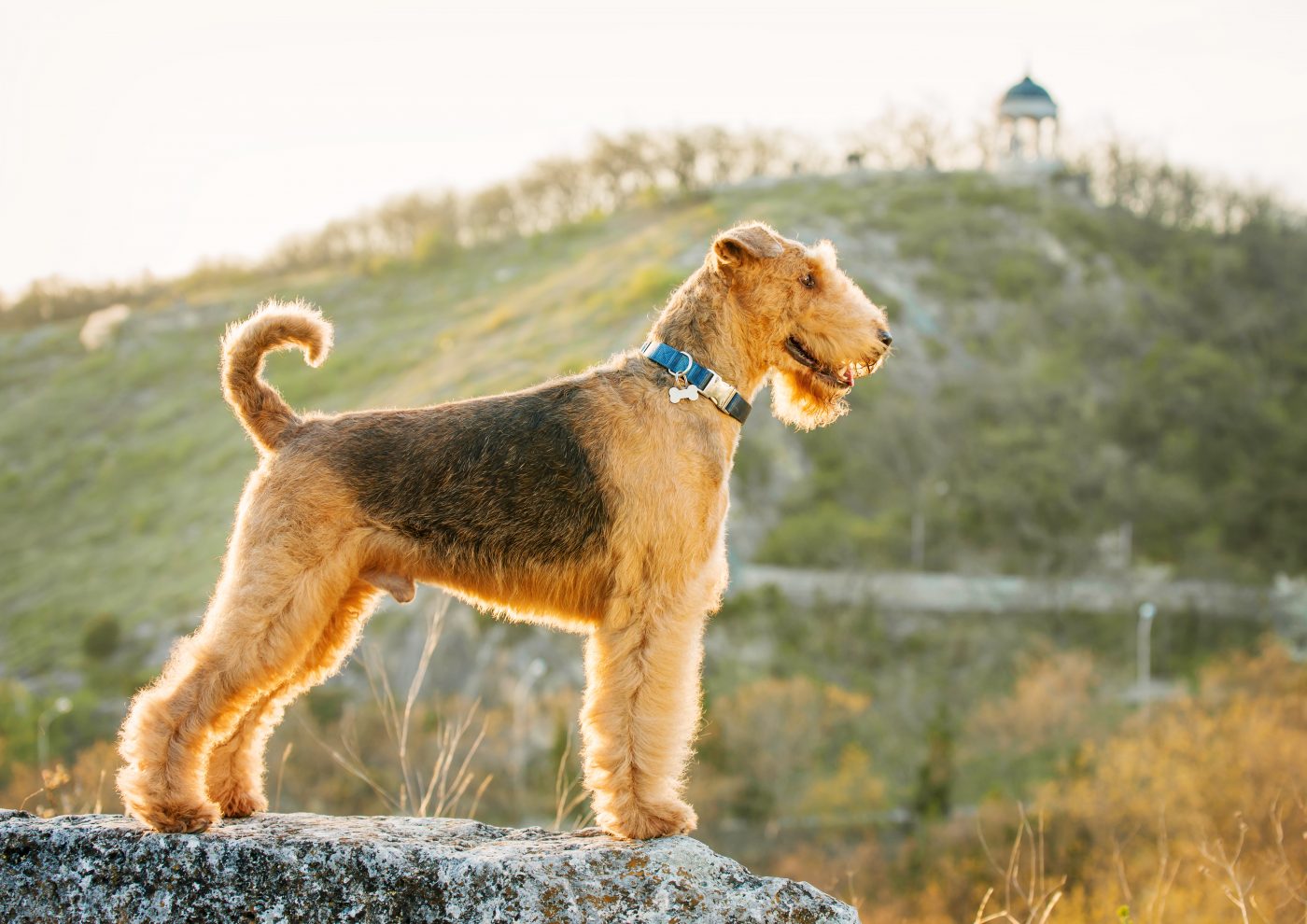 Shutterstock
Shutterstock
Known as the “King of Terriers,” the Airedale would’ve been the charismatic troublemaker on any expedition. Used during WWI to carry messages through battlefield chaos, these dogs are brave, versatile, and just slightly dramatic. They’d follow explorers through jungles, cities, and swamps, picking fights with snakes and saving the day with their scrappy smarts. Their wiry coats are dirt-resistant, and their ego is bulletproof. Any explorer with an Airedale by their side wouldn’t need a trumpet—they’d just send the dog ahead to announce their arrival.
The Real Discoveries Were The Floofs We Made Along The Way
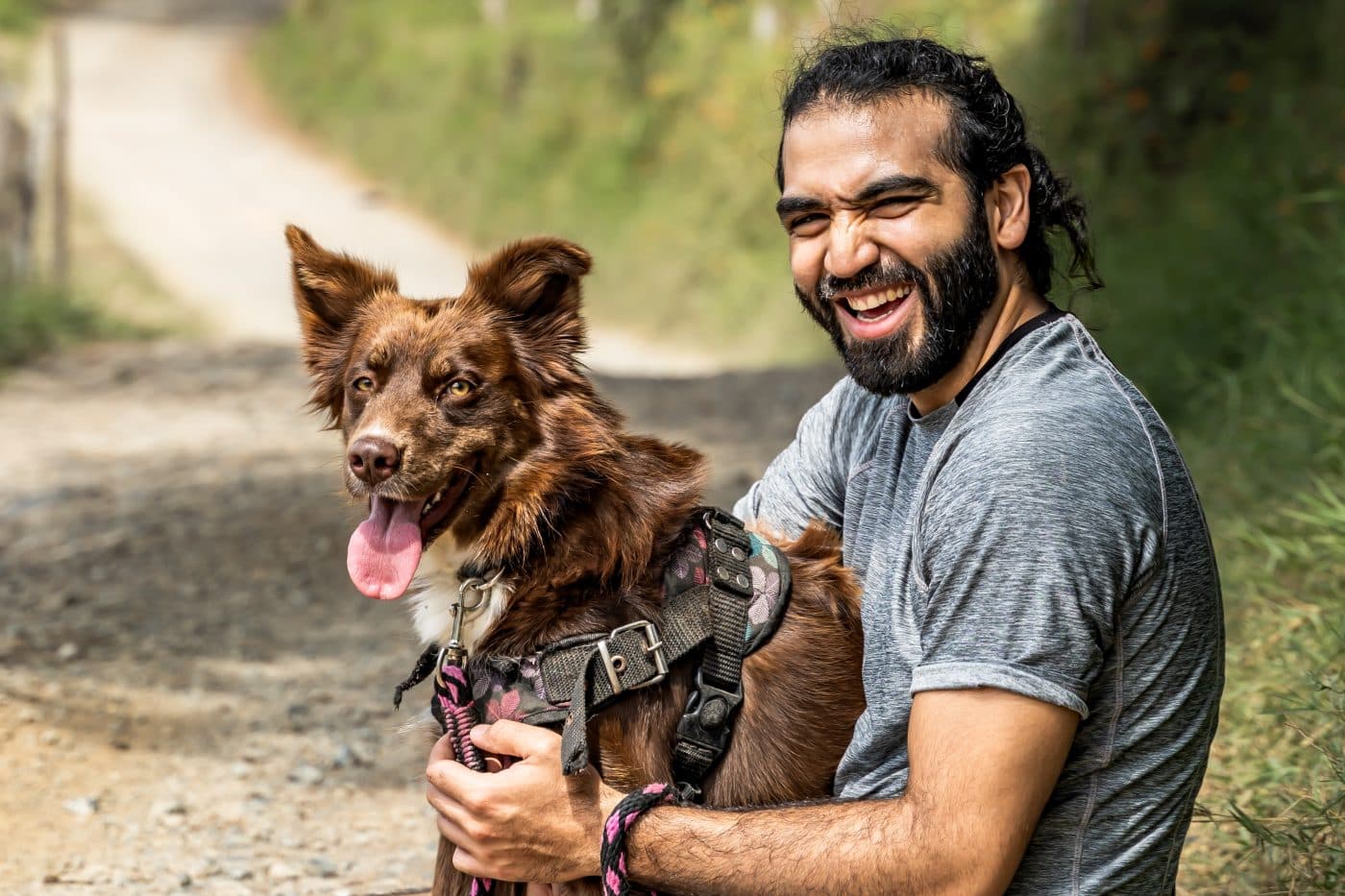 Shutterstock
Shutterstock
Explorers may have made history, but these dogs would’ve made it unforgettable. While adventurers braved wild terrains and scribbled about bugs in their journals, these fearless, fluffy companions would’ve been sniffing out danger, boosting morale, and looking outrageously heroic the whole time. Their grit, loyalty, and unstoppable energy would’ve turned any expedition into a legendary tale with paw prints stamped across the map. From icy peaks to desert dunes, these pups weren’t just sidekicks—they were the real MVPs of exploration. Honestly, Columbus, who?
 Toledo, United States.
Toledo, United States.
